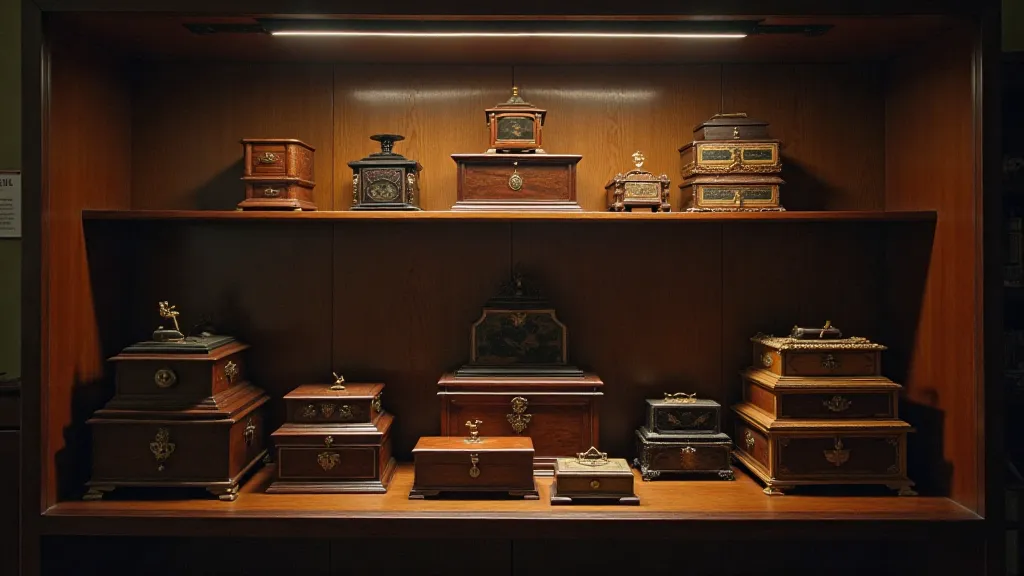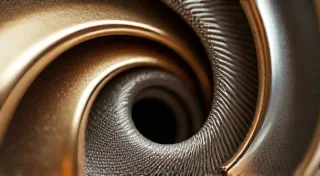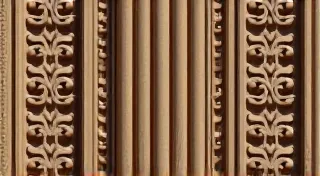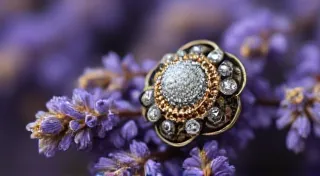Ephemeral Harmonies: The Fragility of Preserving Music Box Mechanisms
There's a profound beauty in witnessing a piece of history come to life. Not the grand sweep of empires or the thunder of battles, but the quiet, intricate dance of a tiny mechanism – a music box. These weren't mere toys; they were objects of art, expressions of love, and audible postcards from a bygone era. But their beauty is intertwined with fragility. Preserving the delicate mechanics within antique music boxes is a challenge that demands respect, specialized skill, and a deep appreciation for the artistry involved.
My own fascination with music boxes began unexpectedly. I inherited my grandmother's collection – a modest grouping, but each piece held a unique story. One, a small, unassuming cylinder box, seemed particularly stubborn. It would play, haltingly, a melancholic waltz that seemed to echo the silences of her later years. Trying to understand its reluctance to sing fully became my first foray into the world of antique music box preservation.
A Brief History of Miniature Melodies
The history of music boxes is surprisingly rich. While simpler forms existed earlier, the true genesis lies in the mid-19th century, coinciding with advancements in clockmaking and precision engineering. Swiss watchmakers, naturally, were at the forefront. The first true music boxes, often ornate and quite large, were imported into Europe and America. They became a symbol of status and refined taste, gracing parlors and drawing rooms.
The materials used speak to their value. Rich woods like rosewood, mahogany, and walnut were common, often inlaid with mother-of-pearl, ebony, and gold. The cylinders themselves, the heart of the mechanism, were crafted from steel, meticulously engraved with tiny pins that, when rotated, plucked the teeth of a metal comb to produce the music. The combs, typically made of hardened steel, are also susceptible to wear and breakage.
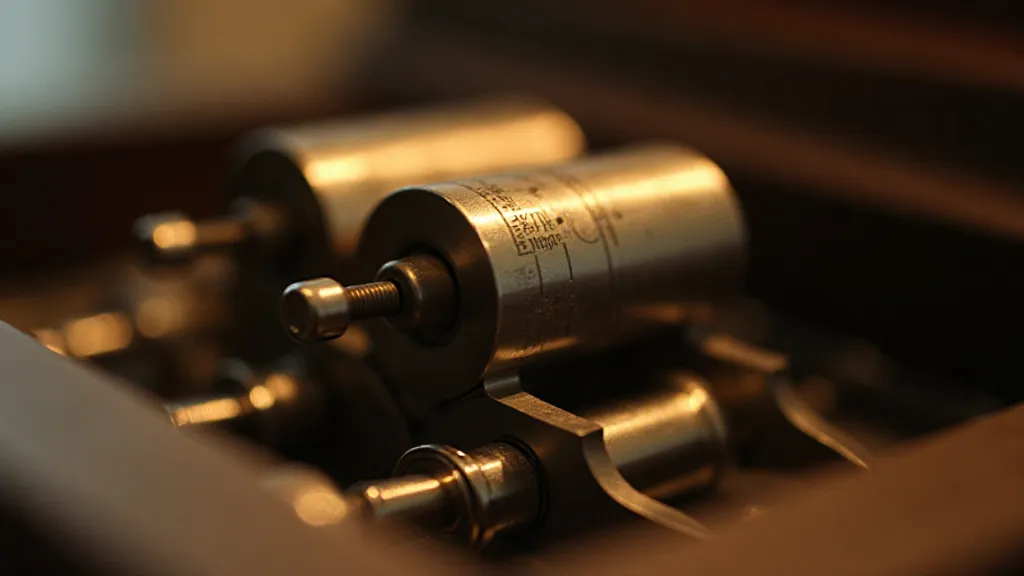
The Anatomy of a Delicate Machine
Understanding the challenges of preservation requires a basic grasp of the mechanism. The core components – the cylinder, the comb, the governor, and the mainspring – all work in harmony. The mainspring provides the power, turning the cylinder. The governor regulates the speed, ensuring a consistent tempo. The cylinder, as mentioned, holds the "song" – the carefully placed pins that interact with the comb.
Over time, the effects of age and environmental factors take their toll. Pins can become bent or broken, the cylinder can corrode, and the comb can become brittle. The delicate balance between these components is easily disrupted. Even seemingly minor issues – a speck of dust, a change in humidity – can cause the music to falter.
The Art of Preservation: More Than Just Cleaning
Cleaning an antique music box can be tempting, but a clumsy approach can do more harm than good. Harsh chemicals can strip away finishes and corrode metal parts. Over-oiling can attract dust and create a gummy residue that hinders movement. The ideal approach is gentle, patient, and informed.
More serious issues often require a skilled restorer. These aren’t just repairmen; they are artists, possessing a unique blend of mechanical aptitude, historical knowledge, and aesthetic sensitivity. They understand the original construction techniques and use period-appropriate materials whenever possible. Replacing a damaged comb, for instance, is a daunting task, requiring the recreation of a complex and precisely tuned piece of steel.
I learned this firsthand when trying to revive my grandmother’s cylinder box. A local restorer, a man who seemed to possess a kinship with these forgotten machines, patiently explained the intricacies of its mechanism. He discovered that several pins were bent, and the cylinder itself had a faint layer of corrosion. He replaced the damaged pins, carefully cleaned the cylinder without removing its patina, and adjusted the governor. The result was transformative. The music box sang with a clarity and richness it hadn’t possessed in decades. Hearing that waltz, so vibrant once more, brought tears to my eyes – a tangible connection to my grandmother and the era she represented.
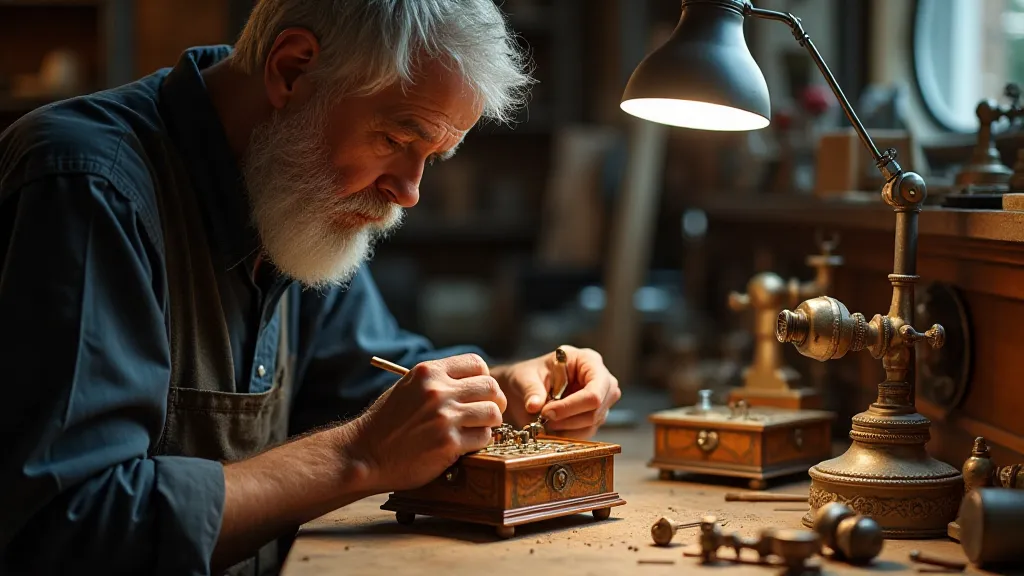
Collecting with Care: A Responsibility to History
For those drawn to collecting antique music boxes, it’s crucial to approach the hobby with a deep sense of responsibility. Beyond the aesthetic appeal and the historical significance, lies the recognition that these objects are fragile artifacts, deserving of respect and careful handling.
When purchasing a music box, scrutinize its condition. Listen carefully to its music, noting any hesitations or missed notes. Ask about its provenance – its history of ownership – as this can provide valuable clues to its condition and any previous repairs.
Avoid aggressive cleaning or modifications. Instead, seek professional advice for any necessary repairs or restoration. Remember that the goal is to preserve the music box's integrity, not to “improve” it. A piece of original patina, a slight imperfection – these are all testaments to its age and history.
The Enduring Appeal of Ephemeral Harmonies
The allure of antique music boxes isn’t simply about owning a beautiful object; it’s about connecting with the past, experiencing a moment of forgotten grace. It’s about appreciating the ingenuity and artistry of those who created these miniature masterpieces, and recognizing the responsibility we have to safeguard them for future generations. These "ephemeral harmonies" – these fleeting melodies echoing through time – are a precious inheritance, deserving of our utmost care and reverence.
The challenge of preserving these mechanisms is a microcosm of our broader effort to preserve history itself – to acknowledge the fragility of the past and to act as responsible stewards of its treasures. Each perfectly restored note, each lovingly preserved detail, is a victory, a testament to the enduring power of human creativity and the beauty of fleeting moments captured in miniature.
